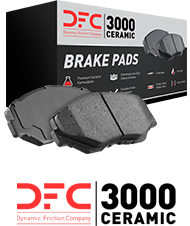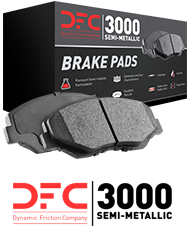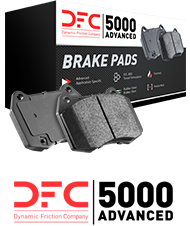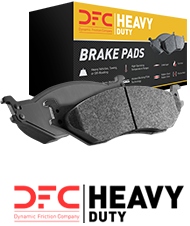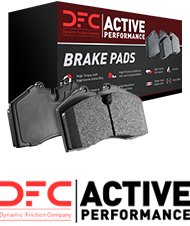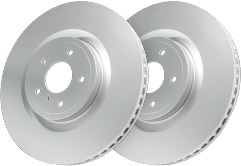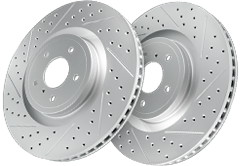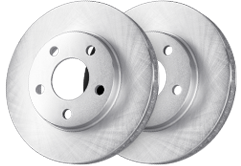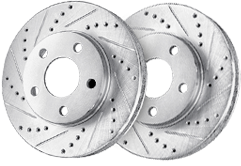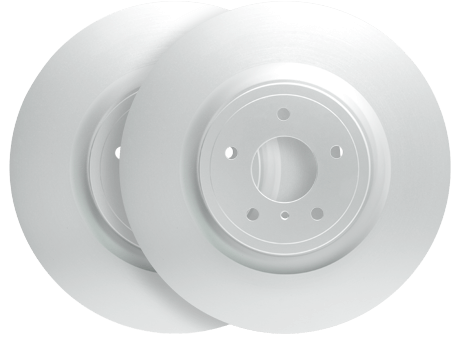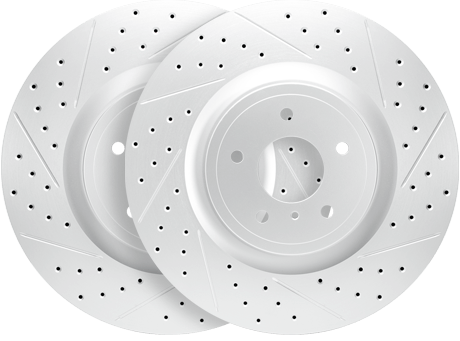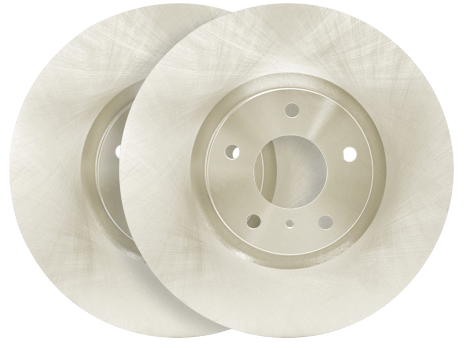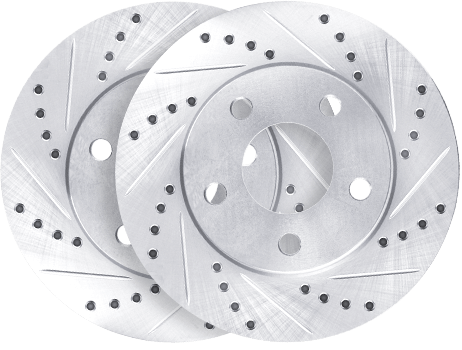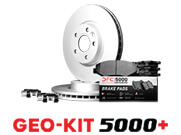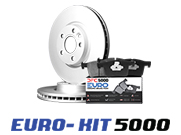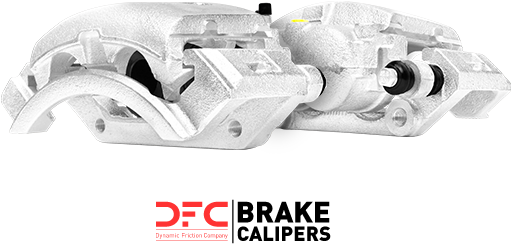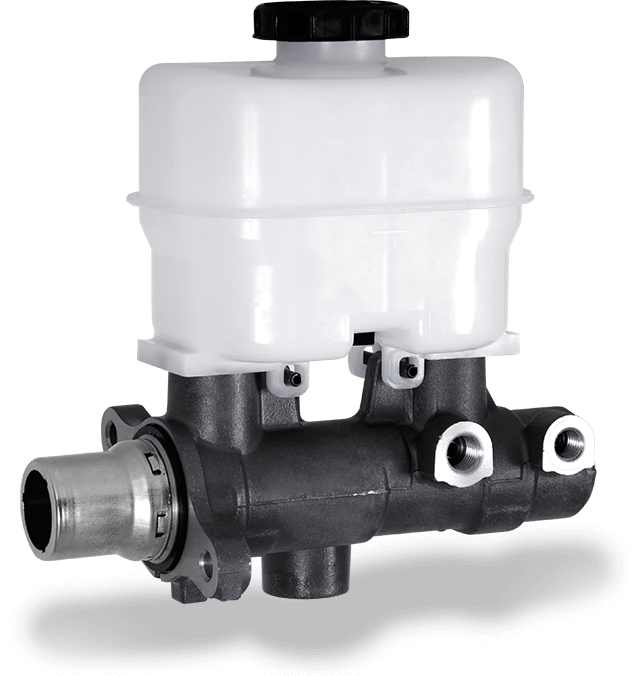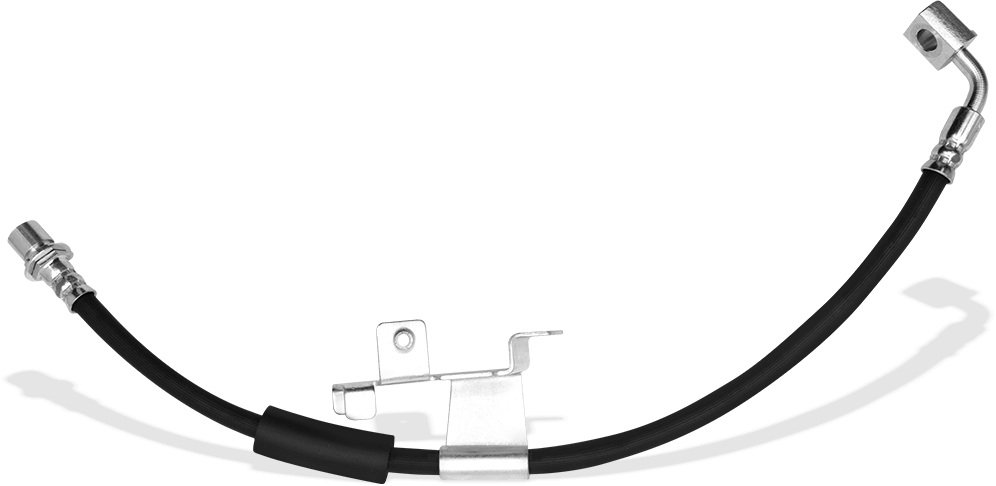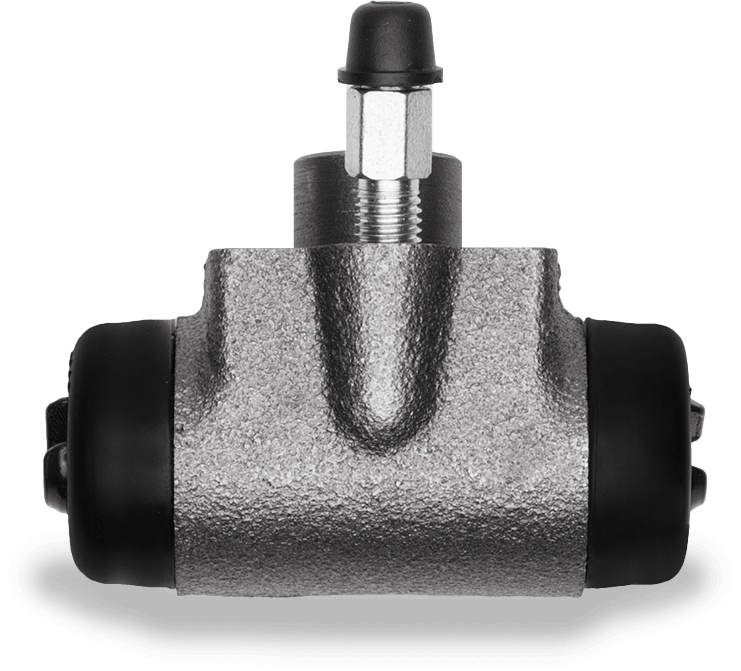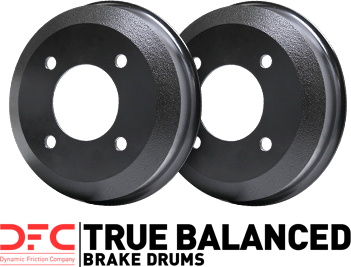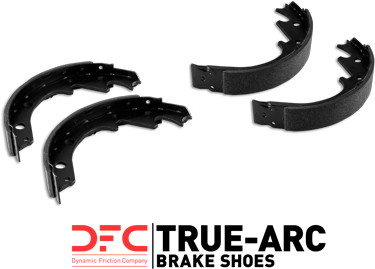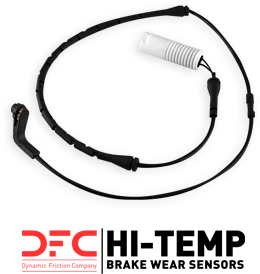Are you seeking brake pads that align perfectly with your car’s caliper type for improved safety and performance? In this article, we dive into the essentials of choosing brake pads based on caliper type, eliminating guesswork for both fixed and floating systems. You’ll learn the nuances of each caliper style and discover how to enhance your vehicle’s braking capabilities without sifting through technical jargon.
Key Takeaways
- The performance of brake pads is significantly affected by the type of calipers used in the vehicle, with fixed calipers offering more even pressure distribution and better stability, while floating calipers require more regular maintenance.
- Choosing the correct brake pads depends on caliper type and compatibility, driving habits, and vehicle type, demonstrating the importance of understanding the distinctions between semi-metallic, ceramic, and organic pads.
- Routine inspection, proper maintenance, and replacement of brake calipers and pads are essential for optimal performance and longevity of a vehicle’s braking system.
Understanding Brake Calipers and Their Types

Brake calipers play a crucial role in your vehicle’s braking system, which encompasses both disc and drum brakes. Engaging the brake pedal forces hydraulic brake fluid along the brake lines, prompting the brake calipers to press the pads against each disc rotor. This action creates friction that slows down or stops your wheel and Halts your vehicle.
Your vehicle will incorporate one of two primary caliper types: fixed or floating. Each type has distinct characteristics and impacts on performance.
Fixed calipers possess pistons on either side of the rotor to apply uniform pressure across the pads, whereas floating (or sliding) calipers feature a single piston on just one side with a mechanism allowing it to move so as to adjust pressure application across both sides of the pad surface. Due to their construction, floating calipers tend not to spread out force quite as evenly when compared with their fixed counterparts.
The variation between these two kinds of calipers is critical as it can greatly influence how effectively your car’s brakes operate overall.
Fixed Calipers
In disc brake systems, the role of fixed calipers is pivotal for ensuring stability and a uniform distribution of braking force. By utilizing multiple small pistons positioned on both sides of the rotor, these components exert a reliable and consistent pressure that contributes to the superior efficacy of disc brakes.
During activation, hydraulic pressure causes fixed calipers to:
- Exert equalized squeezing action from brake pads onto the rotor
- Boost overall efficiency in braking
- Heighten responsiveness from the brake pedal
- Minimize risks related to jamming
Such attributes render fixed calipers an exceptional option for vehicles designed with high-performance capabilities.
Floating Calipers
On the contrary, floating calipers possess a distinctive design that allows them to move back and forth using just one piston. This essential sliding motion is what permits them to adjust properly as the rotor shifts, ensuring precise alignment for effective braking.
Yet this efficiency of floating calipers isn’t without its trade-offs. They demand consistent check-ups and lubrication in order to avoid becoming stuck or seizing up. Even with this added maintenance requirement, floating calipers remain widely favored in contemporary vehicles because they are economical and versatile across various driving scenarios.
Selecting Brake Pads Based on Caliper Type
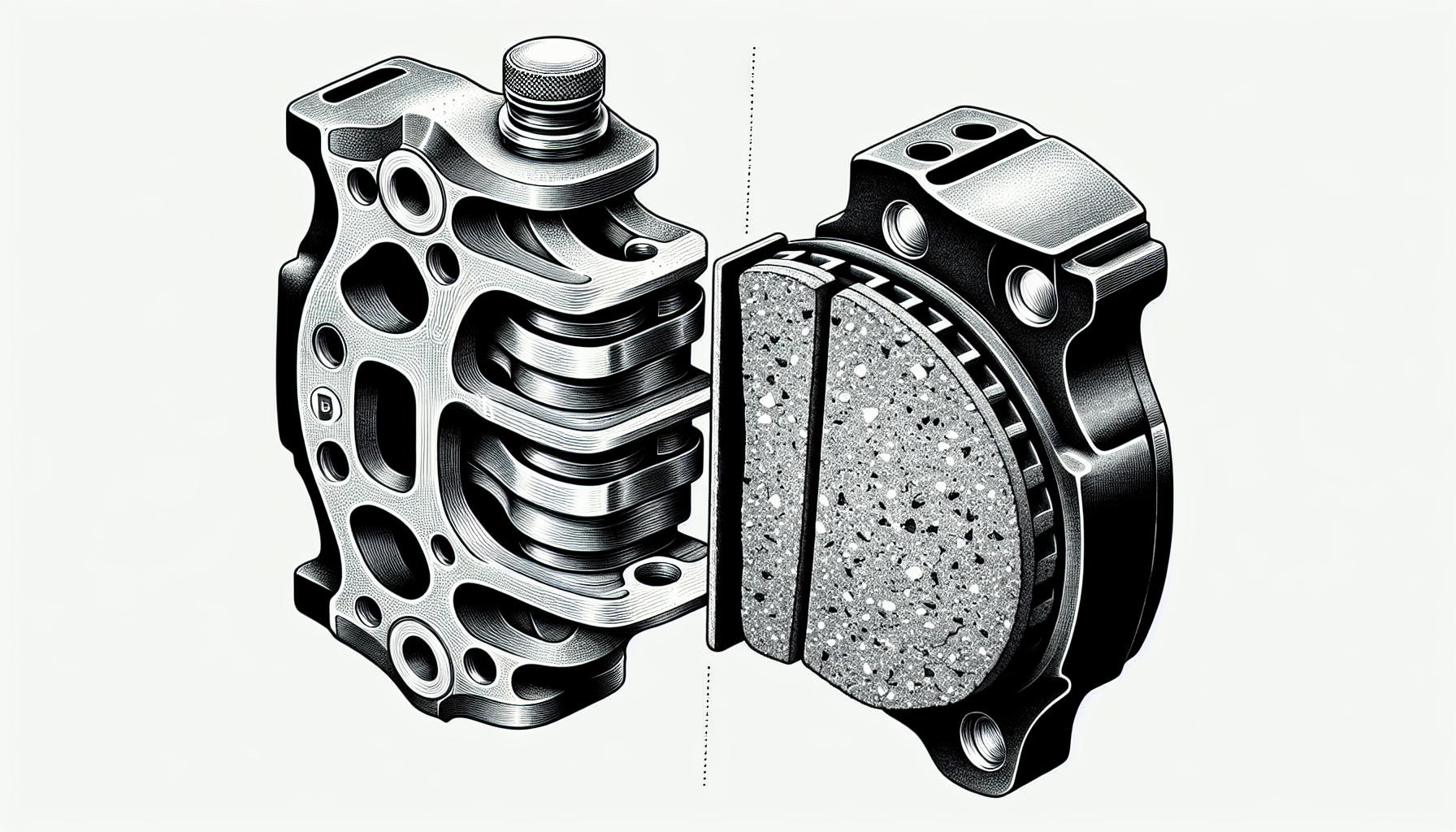
Choosing the correct brake pads for your vehicle is more about compatibility with your car’s specific caliper system and alignment with your driving style than it is about picking out those that merely have excellent reviews or come at a premium cost. Considerations include:
- High-performance ceramic or semi-metallic brake pads may be necessary for sports cars.
- Low metallic NAO (non-asbestos organic) pads typically match well with medium-sized vehicles.
- Organic brake pads are often recommended for lighter, compact cars due to their performance efficacy.
The particular type of caliper installed in your vehicle plays an essential role in determining which brake pad options will fit properly and function effectively. Some types of brakes can’t accommodate certain kinds of brake pads because the design parameters set by different calipers vary significantly. Thus, identifying the exact kind of calipers that equip your automobile is a crucial step prior to choosing suitable brake pads.
Brake Pads for Fixed Calipers
Ensuring a precise fit is paramount with fixed calipers, as they necessitate brake pads tailored to the specific make and model of your vehicle. Verifying that the dimensions of the brake pads match before buying them is essential to prevent any discrepancies in compatibility or functionality.
Fitting unsuitable brake pads into fixed calipers can cause uneven wear, diminish braking power, and potentially jeopardize safety. It’s important to dedicate adequate time to confirming that your chosen brake pads are suited for both your fixed calipers and the entire braking system of your vehicle.
Brake Pads for Floating Calipers
In the context of floating calipers, opting for ceramic brake pads can be a superior selection due to:
- The notable reduction in noise during braking and enhanced longevity associated with ceramic pads.
- Their compatibility with floating calipers is exceptional.
- Given their diminished sound output and slower wear rate, these pads are exceptionally suited for city driving that typically involves repetitive stopping and starting amid traffic.
It’s important to recognize that semi-metallic brake pads can also complement floating calipers effectively. Although they might produce more audible sounds which could be less desirable for drivers who prioritize a more silent ride. Consequently, when selecting between ceramic and semi-metallic brake pads within the realm of floating caliper systems, your individual preferences along with the nature of your driving conditions should guide your decision-making process.
Brake Pad Materials: Pros and Cons
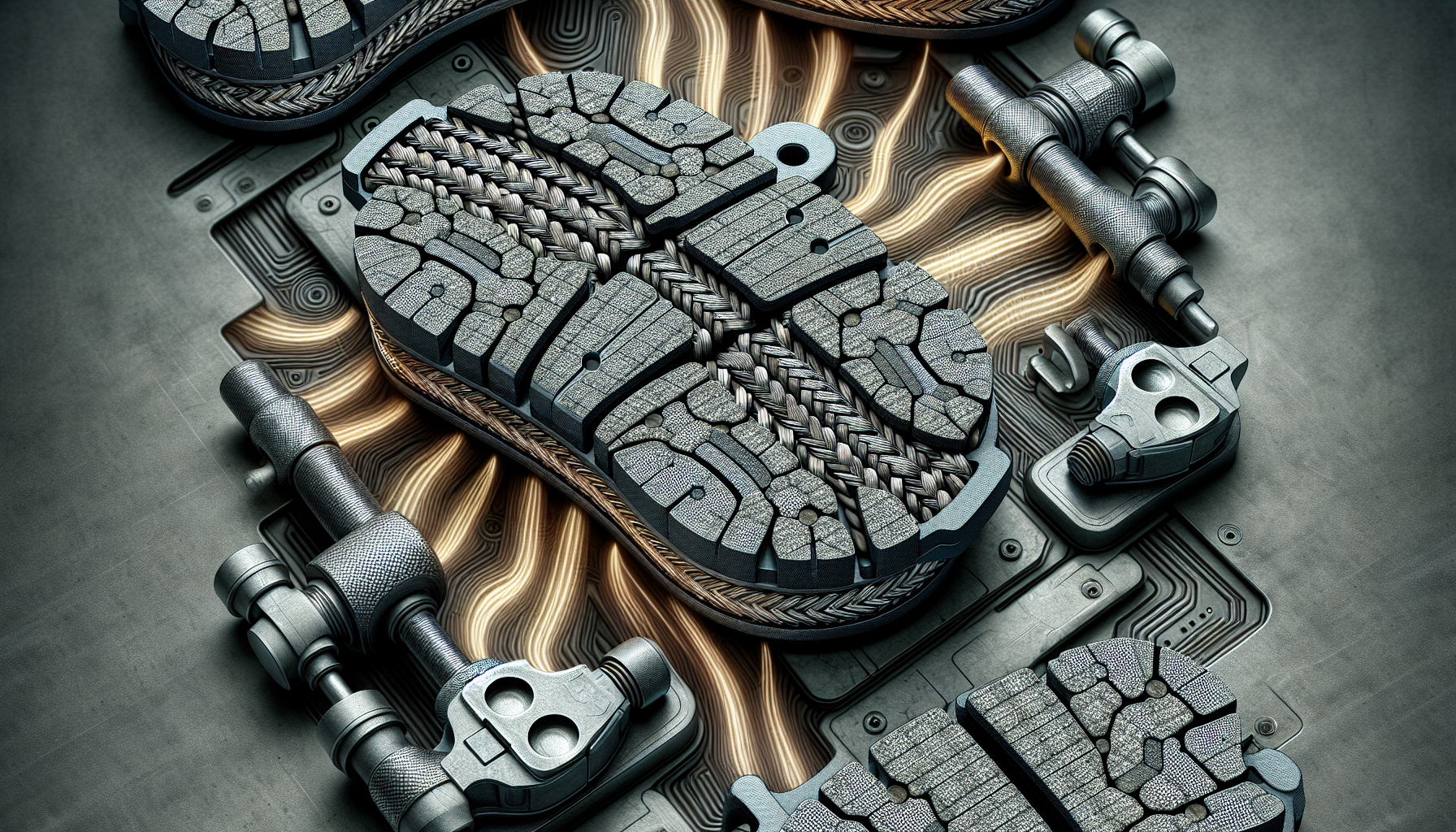
The materials used to construct brake pads play a crucial role in the overall performance and noise level of your vehicle’s braking system. There are several types of brake pad materials, such as ceramic, semi metallic, and organic. Each type brings with it distinct benefits and potential drawbacks tailored to suit various driving demands and conditions. By gaining insight into each material’s strengths and weaknesses, you can select the most suitable brake pads for your car or truck.
When delving into specifics like those found in semi metallic brake pads — which comprise 30-65% metal content — their standout features include excellent heat resistance, longevity, plus heightened effectiveness within high-performance automobiles. Contrastingly, are organic brake pads made from a blend that may contain fibre glass, rubber compounds along with Kevlar fibers mixed together using resins. These yield much less noise during use while offering a smoother braking feel but tend to wear out faster when compared against their semi metallic counterparts.
Semi-Metallic Brake Pads
Brake pads that are semi-metallic typically consist of a blend with metal content ranging from 30% to 70%, making them highly regarded for their effective heat distribution and robust braking power. The composition of these brake pads often includes metals like copper, iron, steel, or various composite alloys coupled with graphite, which serves as a lubricant.
Known also as disc brake pads due to their compatibility with disc brake systems, they offer significant advantages for motorists who experience challenging driving conditions where aggressive braking is common or where routes frequently include steep gradients. Their exceptional ability to dissipate heat helps in preventing brake fade.
The preference for semi-metallic pads extends to heavy-duty trucks and vehicles commonly used for towing purposes as well as performance cars that see action both on public roads and at competitive driving events. This demonstrates their efficacy in managing the intense demands placed upon vehicle braking systems.
Ceramic Brake Pads
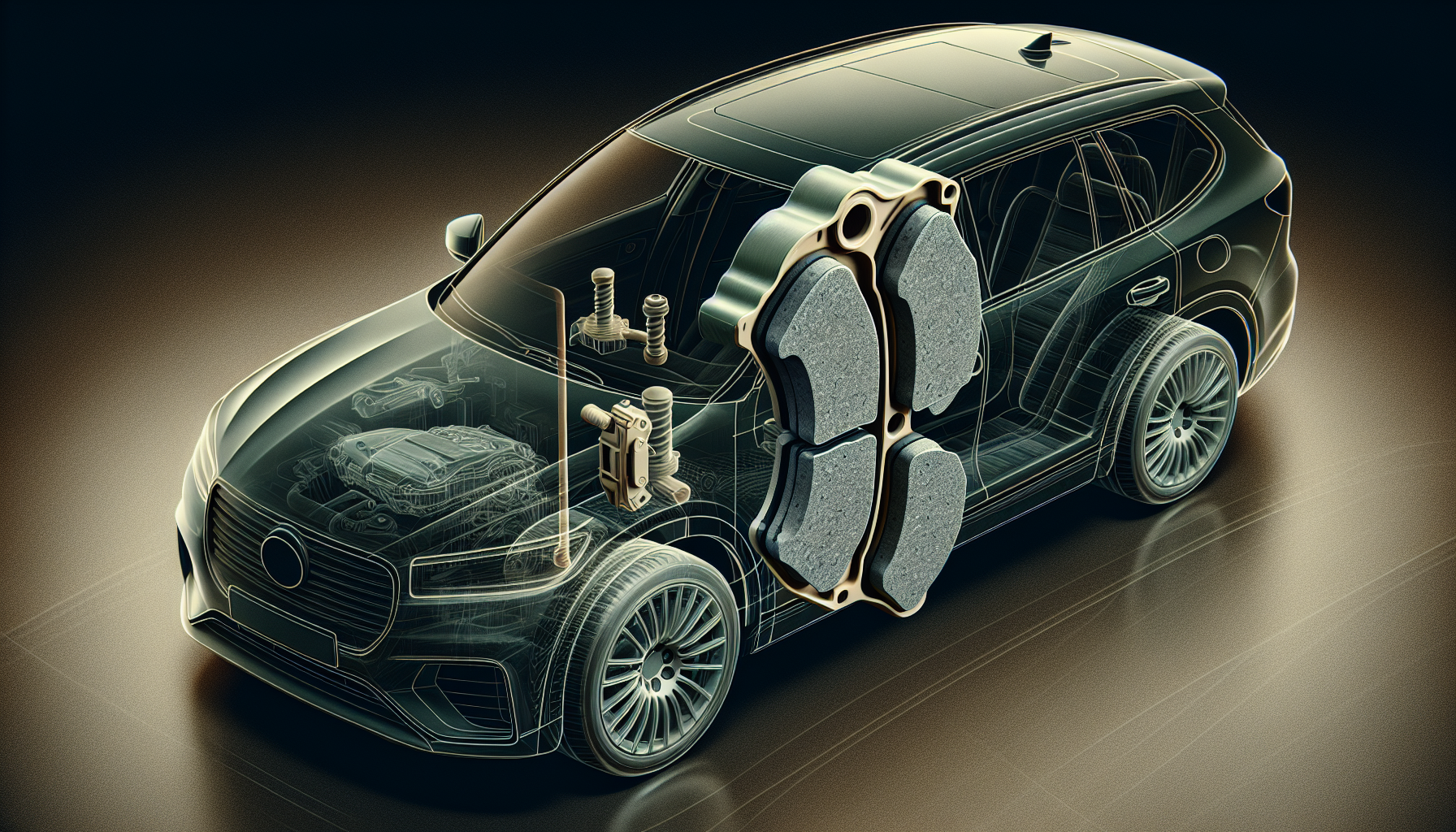
Ceramic brake pads, made from a dense and durable material similar to that used in pottery and plates, are known for their excellent stopping power and durability. They offer the following benefits:
- Minimal noise
- Minimal dust
- Ideal for passenger cars and light trucks
- Quiet operation
- Minimal rotor wear
These qualities make ceramic brake pads an excellent choice for vehicles that require quiet operation and minimal brake rotor wear.
High-performance ceramic brake pads are recommended for drilled and slotted brake rotors due to their:
- Effective heat dissipation
- Stopping power
- Low dust generation
- Reduced noise
These characteristics make them a viable choice for performance-oriented vehicles and drivers who value a clean and quiet driving experience.
Organic Brake Pads
Brake pads referred to as organic or non-asbestos organic (NAO) are made from a blend of various fibers and substances including rubber, carbon-based compounds, glass, and fiberglass. These materials are held together with resin. Organic brake pads offer the advantage of quieter operation coupled with smooth braking performance due to their capacity for generating moderate levels of friction without necessitating elevated temperatures—qualities that make them particularly suitable for everyday road use and urban driving conditions.
It is important to note that compared to other kinds of brake pads, those made organically tend to have a shorter lifespan. They might require replacements more often than alternative types. This should be factored into regular vehicle maintenance plans.
Factors to Consider When Choosing Brake Pads
Selecting the right brake pads involves considering a multitude of aspects. The choice extends beyond just the caliper type in your vehicle and what materials compose the pad itself. It is crucial to think about how you drive, what kind of car or truck you have, and adhere to any recommendations provided by its manufacturer when picking out your brake pads. Grasping the warranty details associated with these components can shield you from unforeseen expenses caused by early wear or manufacturing flaws. Such due diligence ensures that your chosen brake pads align perfectly with your unique driving requirements while maintaining peak performance and safety standards.
Keep in mind too that each material used for making brake pads has inherent pros and cons dependent on varying driving scenarios. Semi-metallic pads might be preferable if one tends to drive assertively because they are designed for higher resilience under such conditions. Conversely, ceramic-based brake pads could offer better results for everyday urban traffic situations due to their specific compositional advantages there.
Driving Style
The brake pads you select for your vehicle should align with your driving habits. Whether you’re an adrenaline-seeker who enjoys high-speed circuits or a daily commuter navigating urban streets, the choice of brake pad should complement these behaviors to maximize both performance and durability under your typical road conditions—whether that’s on highways, within city confines, or across rugged terrain.
If regular commutes involve frequent abrupt stops amidst heavy traffic, opting for ceramic brake pads could be advantageous thanks to their impressive ability to dissipate heat and operate quietly. Conversely, if mountainous roads call for consistent braking power or if thrill-seeking at high speeds is more your pace, semi-metallic brake pads may better serve your needs with their enhanced thermal tolerance and robust braking capabilities.
Vehicle Type
Your vehicle type is a critical factor in selecting the most suitable brake pads. Semi-metallic brake pads are usually preferable for trucks and sports cars because they withstand heavy braking scenarios well and perform robustly under duress, which is often required for high-performance braking.
In contrast, organic pads are typically adequate for regular passenger vehicles engaged in everyday driving. For those whose driving patterns vary considerably, semi-metallic or ceramic pads might be the better choice depending on their particular requirements and the conditions they drive in.
Vehicles equipped with fixed calipers that deliver heightened performance levels will likely need brake pads designed to match this elevated standard of braking power. Either semi-metallic or ceramic pads would be appropriate choices to maintain optimal functionality.
Manufacturer Recommendations
It is essential to heed the recommendations of the manufacturer when selecting brake pads. Crucial details that aid in making an informed choice for appropriate brake pads are often found within manufacturers’ guidelines and auto parts catalogs, which play a significant role in preserving both vehicle performance and safety.
Ensuring that your chosen brake pads align with your particular car model is vital for sustaining optimal functionality, safety, and dependability of your vehicle’s braking system. Thus, you should always refer to the owner’s manual of your vehicle or reach out directly to the manufacturer to ascertain the suggested brake pads tailored for your specific make and model.
Maintaining Brake Calipers and Pads for Optimal Performance
Maintaining your braking system in peak condition requires consistent upkeep of the brake calipers and pads, which involves routine checks, cleaning processes, and substituting brake pads when they’re worn down.
It is critical to use a superior lubricant on the brake calipers to avoid pistons from sticking or seizing. Also, non-corrosive cleaning agents and gentle brushes should be used to keep the calipers clean to stave off rust. Such maintenance routines not only contribute to seamless braking performance but also significantly prolong the service life of both brake pads and calipers.
Regular Inspection and Cleaning

It is essential to conduct thorough examinations of the brake calipers approximately every 12,000 to 15,000 miles. This check should include a meticulous assessment of the brake caliper for any indications of deterioration or damage, with a particular focus on evaluating the lubrication condition of slide pins and recognizing typical wear patterns. There should also be scrutiny applied to both caliper bolts and slide pins for evidence of degradation. If found, they must be substituted promptly in order to prevent any impairment in caliper functionality.
It’s important that special attention is given to maintaining clean and well-lubricated guide pins within these brake calipers as they play a pivotal role in enabling appropriate movement action by the caliper. By ensuring good health for these components—including taking steps such as safeguarding their protective boots during service operations—one can greatly diminish risks related to water ingress, which might otherwise lead to corrosion issues or cause seizure within the braking system’s moving parts.
Replacing Worn Brake Pads
It is essential to maintain your vehicle’s brakes by promptly replacing brake pads that show signs of wear or exhibit uneven pad wear, as these could signal problems with the calipers which might compromise the efficiency of your braking system and possibly necessitate more than a simple replacement of pads.
When carrying out regular maintenance on brake pads, it’s important to inspect the calipers thoroughly for any difficulties related to piston withdrawal or seizing of guide pins. Be aware that some types of pads—like organic brake pads—tend to have a shorter lifespan compared to other varieties and may need more frequent changes.
Summary
Selecting the appropriate brake pads and ensuring their proper upkeep can markedly improve your vehicle’s braking efficacy and security. By grasping the distinctions among various types of brake calipers, weighing the advantages and drawbacks of distinct brake pad materials, and considering key factors when picking out pads for your brakes, you are equipped to make a choice that aligns with your typical driving style, specific vehicle model, and manufacturer guidelines.
It’s vital to conduct periodic examinations and maintenance on both brake calipers as well as the pads themselves. This includes cleaning them along with prompt replacement of any worn-out pads in order to ensure peak function and extend the lifespan of your entire braking system. When pressing down on the brake pedal next time around, it is reassuring to possess a deeper knowledge about—and appreciate—the intricate mechanics at play which help maintain safety while driving.
Frequently Asked Questions
What kind of caliper do I need?
It is essential to select a caliper tailored specifically for your vehicle’s make and model.
While 4-piston and 6-piston calipers typically deliver comparable clamping forces, the distribution of force tends to be more uniform with 6-piston calipers, which also exhibit reduced stiffness.
What’s the difference between fixed and floating calipers?
Fixed calipers distinguish themselves from floating calipers by utilizing multiple pistons to distribute pressure evenly, in contrast to the single piston and sliding mechanism that floating calipers employ for pressure distribution. This fundamental difference influences their operational efficiency and upkeep needs.
How do I choose the right brake pads for my vehicle?
When selecting the appropriate brake pads for your vehicle, it’s important to take into account various factors such as the type of caliper in your vehicle, the way you drive, what kind of vehicle you have, and any suggestions provided by the manufacturer.
Considering these components will assist you in making a well-informed choice regarding which brake pads to acquire.
What are the pros and cons of different brake pad materials?
To sum up, semi-metallic brake pads offer durability and resistance to heat, which are essential qualities for vehicles that demand high performance. In contrast, ceramic brake pads provide a more silent operation and produce less dust, making them well-suited for urban driving conditions.
Meanwhile, organic brake pads deliver a gentle and noiseless braking experience. They tend to have a shorter lifespan due to faster wear.
How often should I inspect and clean my brake calipers and pads?
It is essential to routinely check your brake calipers and pads for every 12,000 to 15,000 miles traveled.
Keeping them clean with the use of soft brushes and non-corrosive cleaning solutions is crucial for preserving their functionality.

 UNITED STATES
UNITED STATES